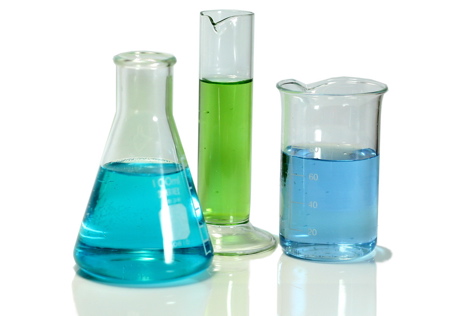
Welcome
David Burns is an environmental chemist with expertise in laboratory data audits, green chemistry, and industrial ecology. David is available to help business & professionals integrate sustainable supply chains and energy efficiency into service offerings. The following blog topics are intended to invoke awareness and/ or action in Going-Green. You are also invited to create a Free Whoisgreen business profile using the link above. David Burns is a NSC member of the Rocky Mountain Institute.

Green Chemistry is the latest 'goto-profession' when it comes to reinventing everyday consumer products and processes in a sustainable world, see Nike, Interfaceflor, and now J&J. According to Prof. John Warner of the Warner Babcock institute in Boston for green chemistry, read more ....
Green Chemistry is a discipline that focuses on the design pathways to take a clean manufacturing route to make products and processes safe and sustainable, and ready them for the Industrial Ecology era. Green Chemistry sources benign feedstocks and materials, prescribes low reaction temperatures & pressures, and has a preference for water soluable solvents. Green Chemistry provides a soultion for the business community to provide their product and service range without the huge burden of 'end-of-pipe' pollution controls so typical of hazardous chemical use and generation.
Professor Warner and Dr Paul Anastas of the USEPA have posulated Twelve Principles of Green Chemistry.
1. It is better to prevent waste than to treat or clean up waste after it is formed.
2. Synthetic methods should be designed to maximise the incorportaion of all materials used in the process into the final product.
3.Wherever practicle, synthetic methodologies should be designed to use and generate substances that possess little or no toxicity to human health and the environment.
4. Chemical products should be designed to preserve efficacy of function while reducing toxicity.
5.The use of auxiliary substances (eg. solvents, separation agents, etc.) should be made unnecessary wherever possible and, innocous when used.
6. Energy requirements should be recognised for their environmental and economic impacts and should be minimised. Synthetic methods should be conducted at ambient temperature and pressure.
7. A raw material of feedstock should be renewable rather than depleting wherever technically and economically practicable.
8. Unnecesssary derivatisation (blocking groups, protection, deprotection, temporary modification of physical / chemical processes) should be avoided wherever possible.
9. Catalytic reagents (as selective as possible) are superior to stoichiometric reagents.
10. Chemical products should be designed so that their 'end-of-life' function does not persist in the environment and breakdown into innocous degradation products.
11. Analytical methodologies need to be further developed to allow for real-time, in-process monitoring and control prior to the formation of hazardous substances.
12. Substances and the form of a substance used in a chemical process should be chosen so as to minimise the potential for chemical accidents, including release, explosions, and fires.
These Twelve Principles of Green Chemistry are applicable to manufacturing (eg. food, agrichemicals, products, and packaging), mining & engineering activities (eg. extracting, plating, anodizing, and etching), and laboratory analyses in hospitals, research labs, and contract testing facilities.
Green Chemistry serves as a viable solution today, as well as being an aspirational goal for the innovator planning new inventions.
Examples of Green Chemistry described by Professor Warner & Dr Anastas include -
A. Production of commodity chemicals starting from glucose - such as Adiic Acid.
B. Green alternative to the Stecker synthesis - Monsantto's Roundup(r) herbicide - which is said to eliminate an additional 14% waste containing cyandie and formaldehye employing a copper cataylsed dehydrogenation reaction of DEA.
C. Non-phosgene isocyanate synthesis of polyurethanes.
D. Using 'Soapy' carbon dioxide supercritical fluid as an industrial cleaning or extraction medium.
The Green Revolution is here, and we are beginning to see the A-Grade corporations seek the assistance of Green Chemists to improve their product and process reputations with consumers focusing on environmental and social change.
You can read more about Green Chemistry in, 'Green Chemistry: Theory and Practice', by P.T. Anatas and J.C. Warner, New York: Oxford University Press, 1998.
David Burns is a Sustainability Advisor, www.sustain450.com.au
If you have a friend that you would like to share this with, then









